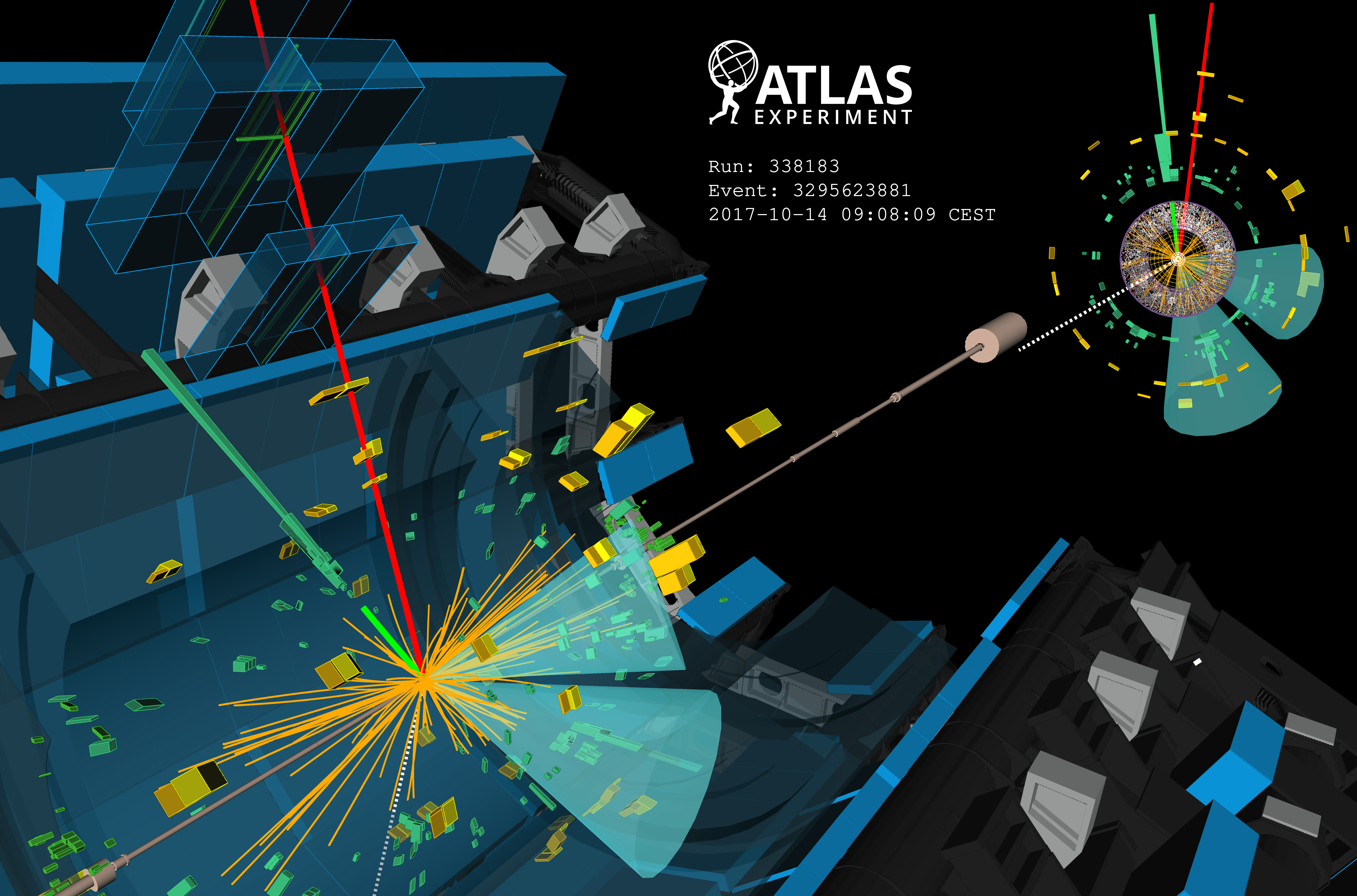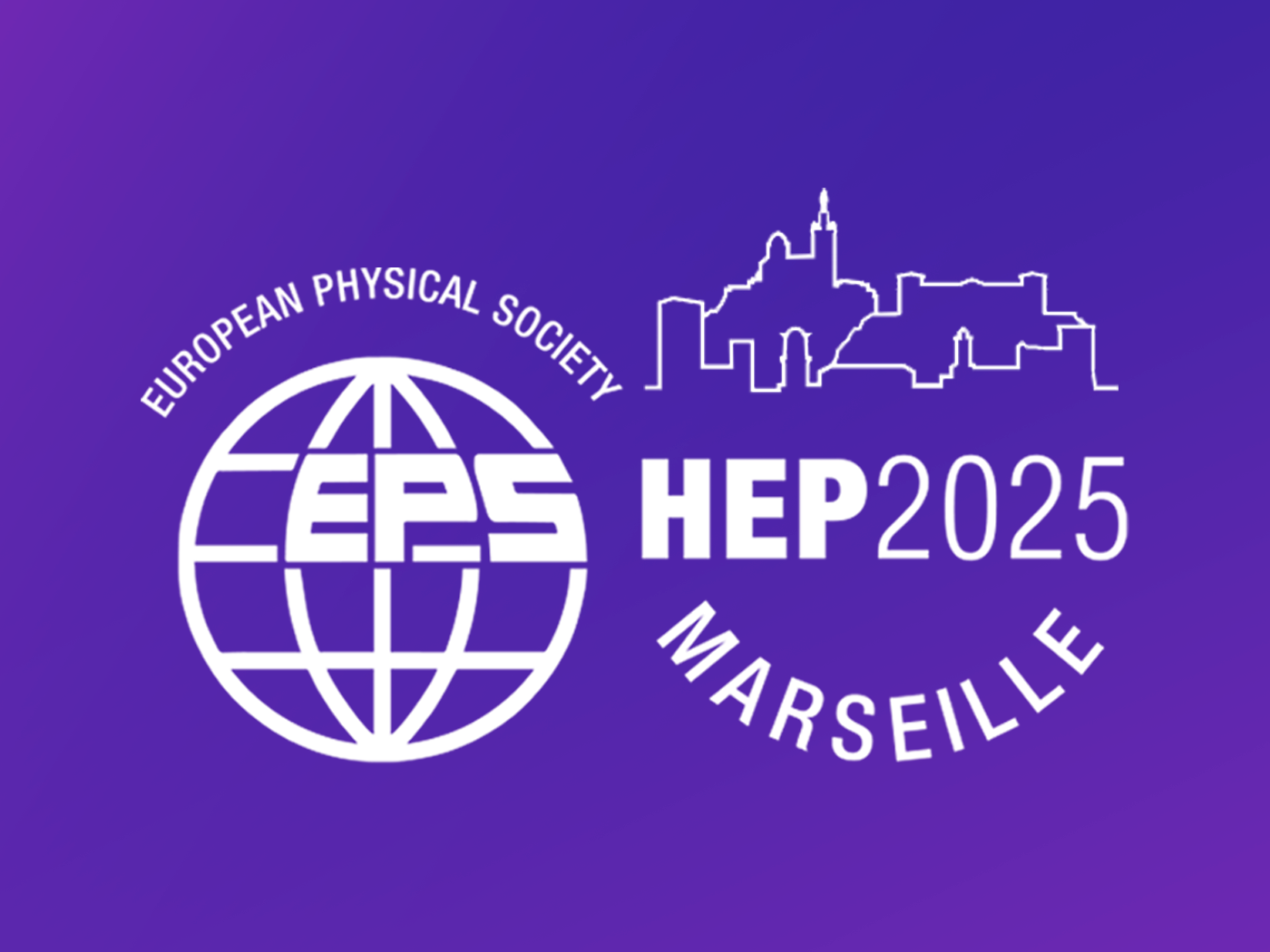Measurements of weak top quark processes gain strength
18 January 2018 | By

The production of top quarks in association with vector bosons is a hot topic at the LHC. ATLAS first reported strong evidence for the production of a top quark in association with a Z boson at the EPS 2017 conference. In a paper submitted to the Journal of High-Energy Physics, the ATLAS experiment describes the measurement of top-quark production in association with a W boson in 13 TeV collisions.
The new ATLAS result using the full 2015 and 2016 dataset extracts differential cross-sections for the production of a top quark in association with a W boson for the first time. This is particularly complex as top quarks almost always decay into a b quark and a W boson, and thus there are two W bosons in final state that decay very quickly. Events are selected that contain two charged leptons (electrons or muons), a jet that is identified as containing a hadron with a b quark, and missing transverse momentum due to the presence of neutrinos.
Multivariate techniques are used to suppress large background contributions, especially from the production of a top quark with a top antiquark that occurs with much larger rate. They achieve a signal to background ratio of about 1:2, which allows the signal cross-section to be extracted as a function of kinematic observables. The measured background-subtracted distributions are corrected to remove the effects of experimental resolution so that they can be directly compared with theoretical predictions.
Differential cross-sections as a function of several variables related to both the event and top quark or W boson kinematic properties have been measured and compared to theory predictions, implemented in different Monte Carlo programmes. The figure shows one out of the six extracted cross-sections.
The uncertainty on the measurements is at the 20-50% level, dominated by statistical effects. While this does not allow to draw firm conclusions, the data tend to have more events with high-momentum final-state objects than predicted. This effect can be seen in the figure. A quantitative analysis reveals, however, that the tested Monte Carlo models are all statistically compatible with the data. As ATLAS continues to study this channel, the increased size of the data sample and improvements in the predictions should make such comparisons more significant.
Links:
- Measurement of differential cross-sections of a single top quark produced in association with a W boson at 13 TeV with ATLAS (arXiv: 1712.01602, see figures).
- Measurement of the cross-section for producing a W boson in association with a single top quark in proton-proton collisions at 13 TeV with ATLAS (arXiv: 1612.07231).
- Measurement of the production cross-section of a single top quark in association with a Z boson in proton-proton collisions at 13 TeV with the ATLAS detector (ATLAS-CONF-2017-052).
- See also the full lists of ATLAS Conference Notes and ATLAS Physics Papers.



